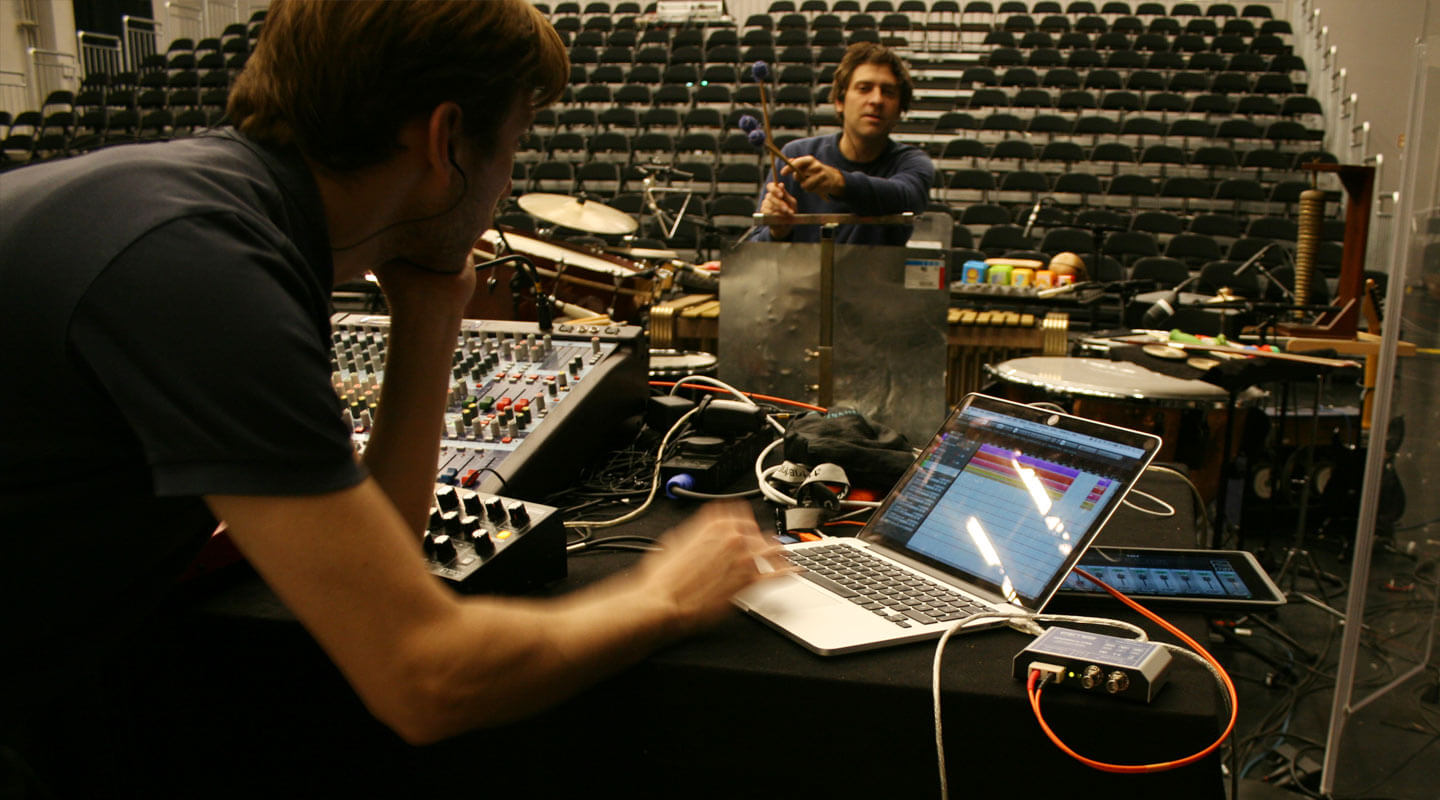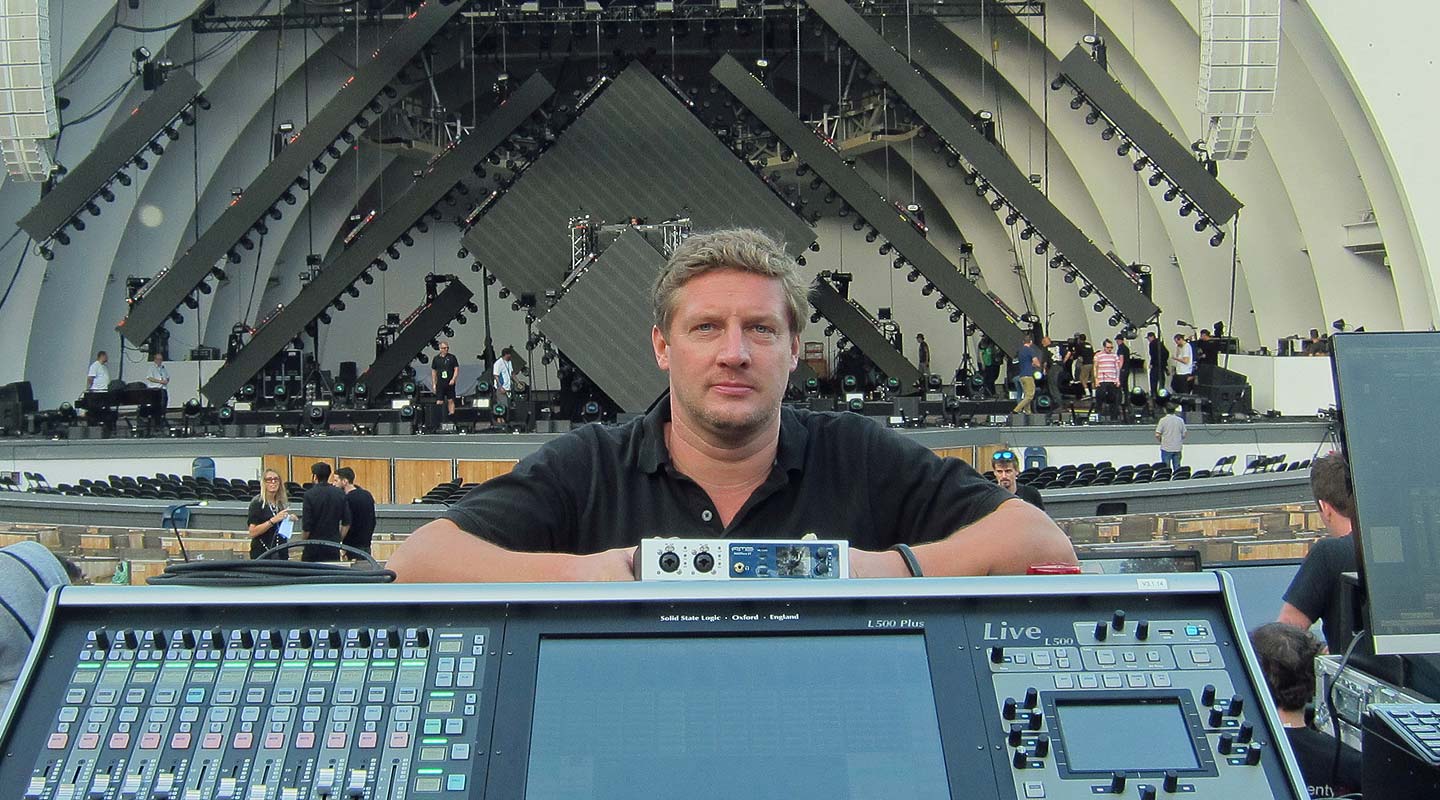Thunderbolt Or USB 2 Audio Interface?
The subject of which data transfer protocol is most suitable for audio interfaces is an ongoing one. With computer technology in a constant state of change, it can be difficult to predict which format will be permanently adopted. For audio engineers and musicians, this can result in confusion when trying to decide which format is the most suitable for their needs, especially when factoring in the potential for future upgrades to their computer hardware.
Despite the new protocols on the block being championed by computer hardware manufacturers, it is often unnecessary to change to the latest format simply because it is available. In reality, the best format is the one that delivers reliability, accessibility, ease of use, cost, versatility and most importantly, performance.
Future-proof & versatile Connectivity
USB 2 is the most widely available format. It is found on many of the latest Mac’s and PC’s, as well as many older models, and is a tried and tested protocol. So, this means that you can use your RME audio interface on Mac and PC, and when you decide to upgrade your computer of choice, you will not be forced in to buying another audio interface. In fact, many RME users will tell you that they have owned their interface far longer than their computer and that RME’s commitment to supporting existing, as well as new users, means that firmware and drivers are continually upgraded, even after their products have been discontinued.
Another advantage of USB 2 is the versatility of the connection. Due to the backwards compatibility of USB 3, RME’s USB 2 devices continue to work efficiently and reliably when connected to a USB 3 port. So, even as more modern computers move towards USB 3 ports or even the USB C type, this will not be a problem for USB 2 devices, as a simple adapter can ensure that devices continue to be supported by newer hardware.
Along with this, there are a host of existing devices other than traditional laptops and computers that use USB 2, such as the iPad. RME were the first company to engineer Class Compliant mode on their audio interfaces, a connection that can turn a mobile device into a powerful multi-track recorder in its own right. This means that recording a live gig, a video for YouTube, that great sounding piano at your friend’s house, or re-recording a vocal anywhere and at anytime, is incredibly easy.
TotalMix FX for iPad adds full control over hardware mixer and DSP effects for Fireface UCX, UFX, 802, Babyface / Babyface Pro, UFX II, UFX +, MADIface Pro when in Class Compliant Mode and lets users create, store and load complete mixes directly from the iPad.
TotalMix FX for iPad is available from the Apple App Store
"As part of RME’s product philosophy, we always further develop and optimize our core technology. RME have paved the way for multichannel audio and were the first to deliver professional performance over USB 2.0. We place a high level of attention on the development of reliable, stable, and regularly updated drivers for our products and an unwavering focus on audio quality.
And because RME Audio develops its own interface core, it’s not dependent on 3rd parties for upgrades, modifications or bug fixes, so customers can use latest operating systems without interruption or delay."
Tried And Tested Performance
This would of course be meaningless if USB 2 was unable to perform to a level high enough for recording musicians, both in terms of stability and latency. As is well documented, RME has an excellent and well-deserved reputation for producing outstanding and rock-solid drivers. But what is important to understand is that RME’s ability to design and deliver such a high performing range of USB 2 interfaces is in part, due to the fact that they are the only audio interface manufacturer to develop their own USB (and Firewire) technology which, as well as delivering unrivalled reliability, offers the best latency specifications on this format. This is not the case with other manufacturers, who must rely on third-parties.

Plug, patch, play! 64 channels multitrack recording with the MADIface USB
Up to 70 channels both ways via RME USB 2
One of the suggested advantages of Thunderbolt and USB 3 is the improved bandwidth, resulting in a higher channel count than that of USB 2. On paper, this may seem like an area that USB 2 can’t compete. For RME interfaces however, in reality this is not a problem, as the amount of channels already provided via USB 2 is more than enough for the vast majority of applications. RME’s units [can] transfer up to 70 channels both ways via USB 2 in reference to the RME MADIface XT which, when running in USB 2 mode, gives a total of 140 inputs and outputs at 48 or 44.1kHz. RME’s other interfaces also manage to provide a high number of channels over USB 2, for example the Fireface UFX II, which provides a total of 30 inputs and 30 outputs at 48 or 44.1kHz, 24Bit.

However, RME do use USB 3 on the RME MADIface XT & Fireface UFX+. As an audio interface format for the mass market, USB 3 makes no sense at all, because the latency is exactly the same as what RME can achieve over USB 2. The higher data bandwidth allows us to transfer more channels, but does not change the smallest buffer size and the reliability when using it with Mac or Windows computers. Which is why we have implemented USB 3 for our RME MADIface XT & Fireface UFX+ interface, used in specific professional situations.
So, in short, RME’s USB 2 protocol already delivers more channels than other manufacturers’ Thunderbolt formats, and the MADIface XT, with its channel count of 394, is able to out-perform everything on the market via the MADI protocol and USB 3.

Front of house engineer Antony King and the RME Audio MADIface XT